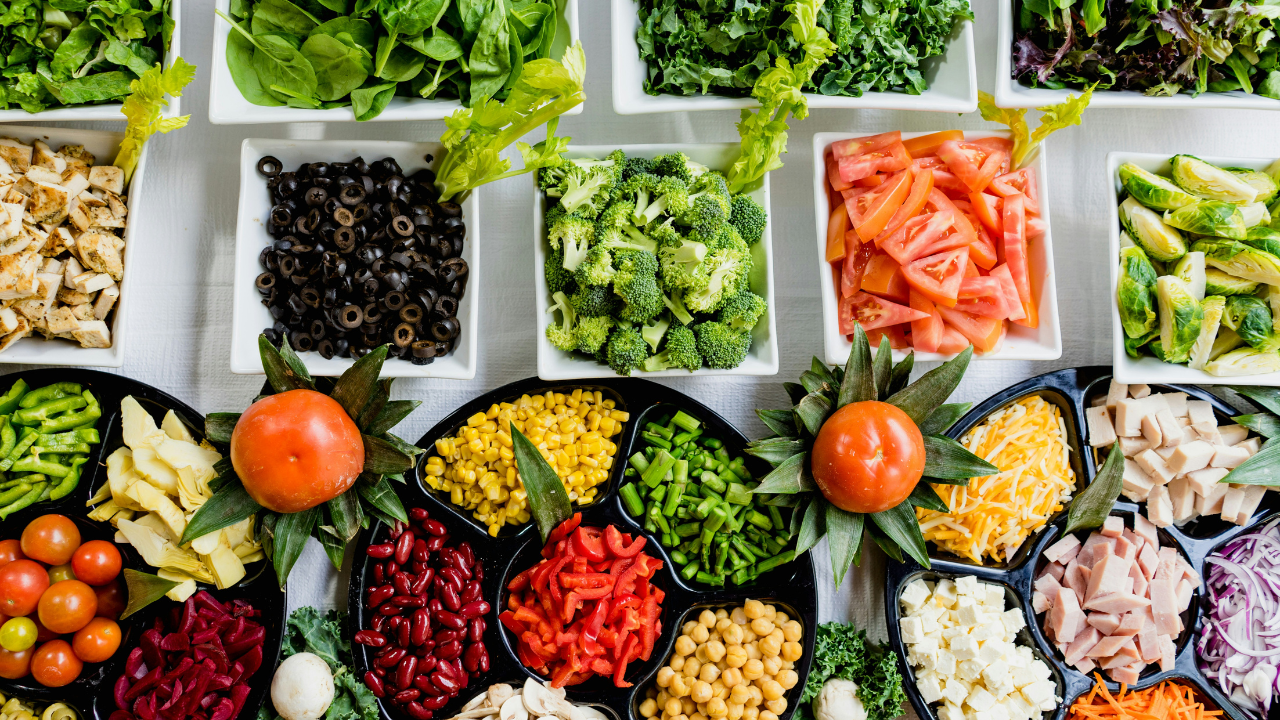Pollaste is a term that’s rapidly gaining traction in the conversation about sustainable food sources. As our global population grows and the demand for protein increases, traditional methods of production simply can’t keep up without causing environmental harm. This is where pollaste comes into play—a revolutionary solution designed to meet our needs while minimizing ecological impact. With innovative processes and cutting-edge technology behind it, pollaste represents not just a new dietary option but a significant leap toward sustainability.
But what exactly is pollaste? How does it get made? And why should we care about its potential? Let’s dive deeper into the fascinating science underlying pollaste and discover how this emerging protein source could change our lives for the better.
Understanding the Process of Pollaste Creation
Pollaste creation begins with the selection of raw materials. These materials often include plant proteins, agricultural by-products, or even lab-grown cells.
After sourcing these components, they undergo a fermentation process. Specialized microorganisms break down the materials into simpler compounds. This step is crucial as it enhances nutrient absorption and flavors.
Next comes the extraction phase. Here, essential protein structures are isolated using advanced techniques like filtration and centrifugation. The result is a concentrated form of protein that retains its nutritional benefits.
The refined product goes through formulation before reaching consumers. It can be shaped into various forms—powders, bars, or ready-to-eat meals—ensuring versatility in culinary applications.
This meticulous process highlights how pollaste combines science and nature to create sustainable food options for everyone.
The Role of Technology in Advancing Pollaste Production
Technology is revolutionizing the way we produce pollaste. With advancements in biotechnology, researchers are uncovering new methods to enhance protein extraction from various sources.
Precision fermentation stands out as a game-changer. This technique uses microorganisms to convert sugars into proteins, resulting in efficient and scalable production processes. By fine-tuning these microorganisms, manufacturers can create high-quality pollaste that meets consumer demands.
Another exciting development involves automation and AI-driven solutions. These tools streamline operations, reduce waste, and optimize resource use throughout the production chain.
3D printing technology also offers innovative possibilities for crafting texture-rich products that mimic traditional meat alternatives closely. Consumers are drawn to these innovations as they align with growing trends toward healthier eating.
As technology continues evolving, it holds immense potential for making pollaste more accessible while maintaining its nutritional value.
Environmental Impact of Pollaste and Sustainability Efforts
Pollaste emerges as a frontrunner in the quest for sustainable protein. Its creation involves minimal resource use compared to traditional livestock farming. This shift significantly reduces greenhouse gas emissions.
Moreover, pollaste production requires less water and land. These factors collectively lessen the strain on our planet’s ecosystems. As global populations soar, such efficiencies are vital.
Sustainability efforts surrounding pollaste extend beyond production methods. Many companies prioritize eco-friendly packaging and distribution channels that minimize carbon footprints.
Research also explores regenerative agricultural practices, ensuring that contributes positively to soil health and biodiversity. With innovations continuously evolving, there’s potential to revolutionize not just food sources but entire supply chains as well.
The commitment to reducing environmental impacts while providing nutritious options makes pollaste an exciting development in modern agriculture.
Innovations in Pollaste Production: From Lab-Grown to Plant-Based Alternatives
Innovations in pollaste production are reshaping the future of food. One exciting advancement is lab-grown meat, where scientists cultivate animal cells in a controlled environment. This method not only reduces the need for livestock but also minimizes greenhouse gas emissions.
Plant-based alternatives are another area making waves. Ingredients like pea protein and mycelium from mushrooms provide nutritious substitutes that mimic traditional meat textures and flavors. Brands are continually experimenting to enhance taste while keeping health and sustainability at the forefront.
Fermentation technology is also gaining traction in pollaste innovation. By harnessing microorganisms, producers can create protein-rich foods with minimal environmental impact.
These cutting-edge methods showcase how creativity and science intersect to produce sustainable options that cater to diverse dietary preferences. The exploration of these innovations promises a more resilient food system for generations to come.
Future Possibilities and Potential Benefits of Pollaste
The future of pollaste is brimming with potential. As research advances, new methods for creating this protein source are emerging. Scientists are exploring ways to enhance its nutritional profile and improve flavor.
One exciting avenue is the integration of biotechnology. This could lead to more efficient production processes that require less energy and water. Imagine a world where pollaste becomes a staple in diets worldwide.
Additionally, as consumer awareness of sustainability grows, demand for eco-friendly options will rise. It has the unique ability to meet these needs while reducing reliance on traditional livestock farming.
As collaborations between food technologists and chefs flourish, innovative recipes featuring may soon dominate menus everywhere. The possibilities extend beyond just nutrition; they touch on cultural acceptance too.
With continued investment and interest, pollaste might reshape our approach to sustainable eating in profound ways. It stands at the intersection of health, environment, and culinary creativity.
Conclusion:
The rise of pollaste marks a significant shift in our approach to protein sources. As the world grapples with food security and environmental concerns, this innovative product offers a promising solution. With its unique production processes and technological advancements, pollaste is setting new standards for sustainability.
Pollaste not only meets the nutritional needs of a growing population but also addresses environmental challenges. Its ability to be produced with minimal resource use makes it an attractive option for eco-conscious consumers and industries alike.
As we look ahead, collaborations between scientists, chefs, and manufacturers will likely drive further innovations in development. The potential benefits are vast—from reducing carbon footprints to enhancing food diversity on our plates.
Embracing pollaste could play a pivotal role in building a more sustainable future for food systems worldwide. The journey has just begun; staying informed about developments in this field can lead us toward healthier lifestyles while protecting our planet’s resources.











